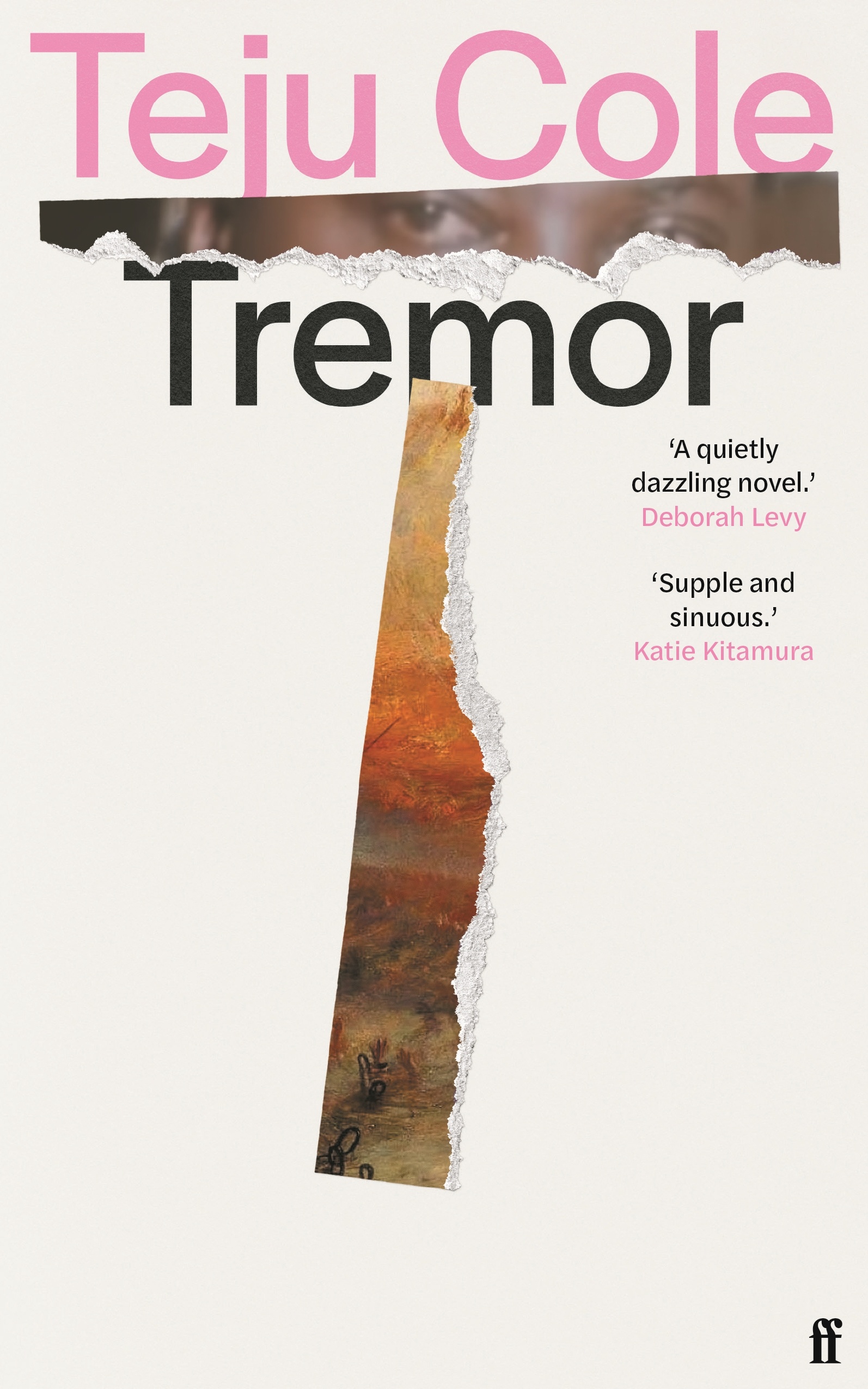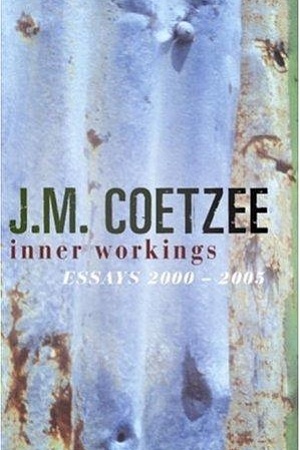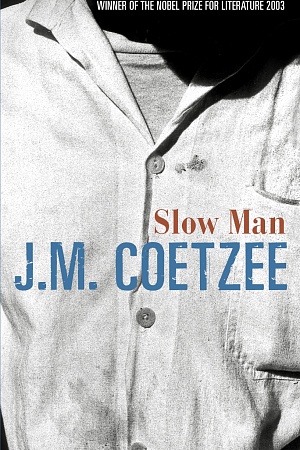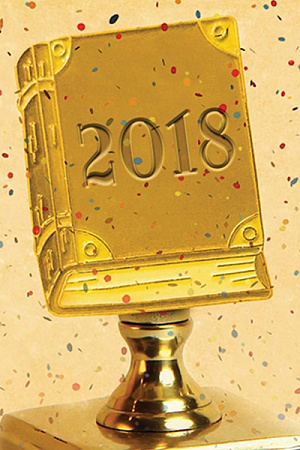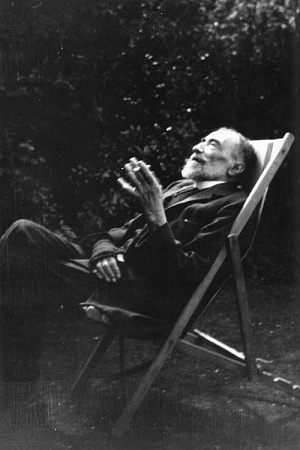Letters to the Editor
Real what?
Dear Editor,
I have followed with interest the dispute between John Carmody and James Ley that proceeded the latter’s exceptionally sensible and even-handed review (March 2007) in which Mr Ley criticised those who maintain the divide between high and popular culture. He went on to cite a ‘Cornflakes versus King Lear’ comparison analogous to those heard in the recent anti-postmodern bleatings of George Pell and John Howard, among others. Mr Carmody then put forward a handful of ostensibly reasonable observations without explaining why he found Ley’s tone to be thunderous or his reference to powerful works of art ‘portentous’ (June 2007). Ley’s reply was quite justifiable: ‘What’s your point?’
Finally, Mr Carmody gets to the point with a counter (September 2007) in which the prejudices lurking in the shadows of his previous missive burst forth like the conservative backlash that Ley warns against. In comparing a Mills & Boon title to a Patrick White novel, Carmody reverts to an ‘us against them’ dichotomy that wilfully distorts Ley’s position. In stating that as far as popular music is concerned there is probably no variation in aesthetic value (i.e. it’s all bad), Carmody ignores his own dictum about the ambiguity of the popular. In demanding art that is both ‘real and substantial’, Carmody more or less reflects Ley’s own desire without providing evidence to support the obvious implication that he knows what is real and substantial but Ley does not.
I could (as Carmody demands of Ley) put forward many examples of contemporary musical compositions that, I would argue, are aesthetically valuable. Under the old dualism, a few might qualify as classical music, while others might come close to unabashed pop; most, however, would hover between those two imaginary poles, resisting categorisation as either high or popular. Carmody probably wouldn’t agree with any of my examples (fair enough), but then again he probably he would not have heard any of them. In putting forward Mills & Boon, fast food and rugby as his demons of mass appeal, Carmody paradoxically shows himself to be as obsessed by mainstream culture as anyone. There is a hell of a lot of ‘art’ out there these days, Mr Carmody. Claiming the ability to sum it all up in a couple of sentences might just be the most portentous move of all.
Dean Biron, Armidale, NSW
Position and prejudice
Dear Editor,
John Carmody’s quaint belief that he can instruct me on my ‘obligation’ is as amusing as his revelation that some musicians accept payment for their work.
I am not sure whom he is citing when he places words such as ‘position’ and ‘prejudice’ in quotation marks, but I really do think he should give credit where its due; otherwise some people might get the wrong idea. I am, however, confident that this was probably only a typo and not a clumsy attempt to put words into my mouth.
Unlike Carmody, I do not read Mills & Boon novels and so cannot comment upon their relationship to the works of Patrick White. It is doubtless to his everlasting credit that he is so clear about his preferences when it comes to this exceedingly dicey issue; I would only observe that his statement is a perfect example of the kind of empty posturing I was arguing against in my review. His willingness to come down so strongly in favour of the ‘real and substantial’, and to declare his high-minded resistance to the pleasures of rugby league and fast food, are no less a tribute to his intellectual daring, but I reject his insinuation. I have never suggested that there is any necessary relationship between popularity and artistic merit; I would, however, argue that they are not mutually exclusive.
James Ley, Preston, Vic.
Backing a winner
Dear Editor,
Alison Broinowski has written a most useful text, which was poorly reviewed in ABR by Michael Wesley (July– August 2007). Well may Wesley lament the standard of public debate in John Howard’s Australia; he has done nothing to lift them with a partisan review of Allied and Addicted. Wesley attacks Broinowski personally with a turn of phrase that would hearten David Flint. In so doing, he places himself in the position of defending Howard and, by implication, flawed foreign policy. Broinowski’s book deserves better.
Wesley fails to acknowledge the central theme of the book: that clinging to America’s skirt has brought few tangible benefits to Australia. Howard has the distinction of being the last in a line of political mediocrities in Australia that have sought domestic political gain from a cloying, unequal and humiliating alliance with the United States.
When I was a diplomat, I often found myself asking when America would back a winner; when it would become a force for positive change. Its potential has been sadly misdirected. It displays a collective immaturity and wilfulness that sees it make poor decisions. Out of the alliance, such behaviour would be a worry; being voluntarily tied to such a sore-headed bear is folly. If China adopted the foreign policies of the United States we would rightly be aghast. Yet Howard has brought us to the unenviable foreign policy cul-de-sac of backing the United States right or wrong.
As a student of politics and history, I found Broinowski’s contribution helpful and informative.
Bruce Haigh, Mudgee, NSW



